| After months of watering our milkweed plants and protecting them from other bugs, our long awaited caterpillars were born! We didn't even see the mommy monarch lay her eggs, but in mid-August tiny monarch caterpillars emerged. Barely the length of mommy's pinkie fingernail, the striped little monarchs were hiding on the undersides of the leaves. The little monarchs knew exactly what to do. They ate and ate and ate. They did not try to wander from the milkweed plant. They knew that was the only food they should eat to grow bigger and fatter. If you got close to one, it would bob its little head at you as if to say, "Don't try to eat me! I may make you sick." No worries, little monarch, we are your friends. You are welcome here. |
| Even though monarchs are not tasty to a lot of animals, we discovered that they still had a couple of predators at our home, namely the wasp and an unknown insect that resembled a tick. The wasp would just swoop in and insert itself into the caterpillar and suck the life out of it! We lost a few caterpillars to predators before we figured out what to do. Mommy then wrapped the milkweed in insect screen and clipped it up tight, so predators could not get in. Those caterpillars made a big mess on our porch with all their caterpillar poop - called frass. But it was lots of fun having a front row seat watching them grow from one instar to the next. Keeping them close also helped us monitor predator behavior. We were able to save many caterpillars by protecting them with the insect screen. 17 of them ultimately became adult butterflies. |
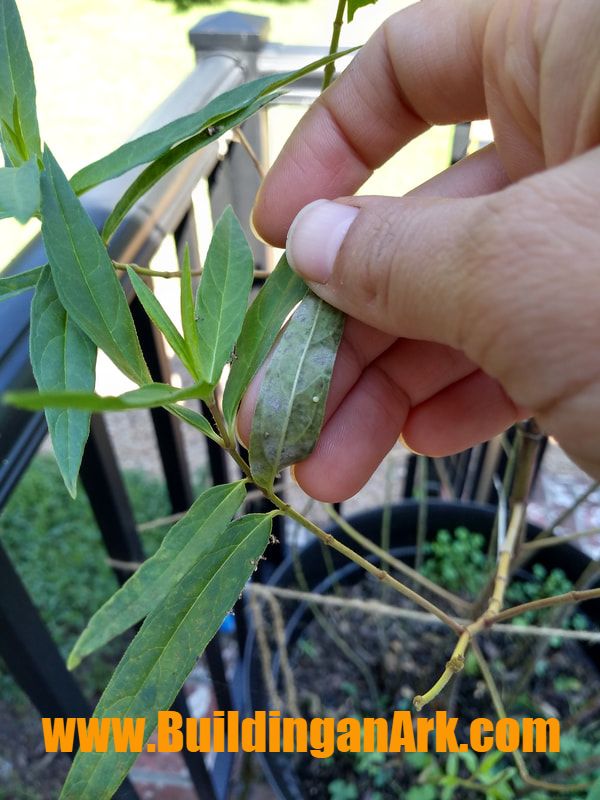
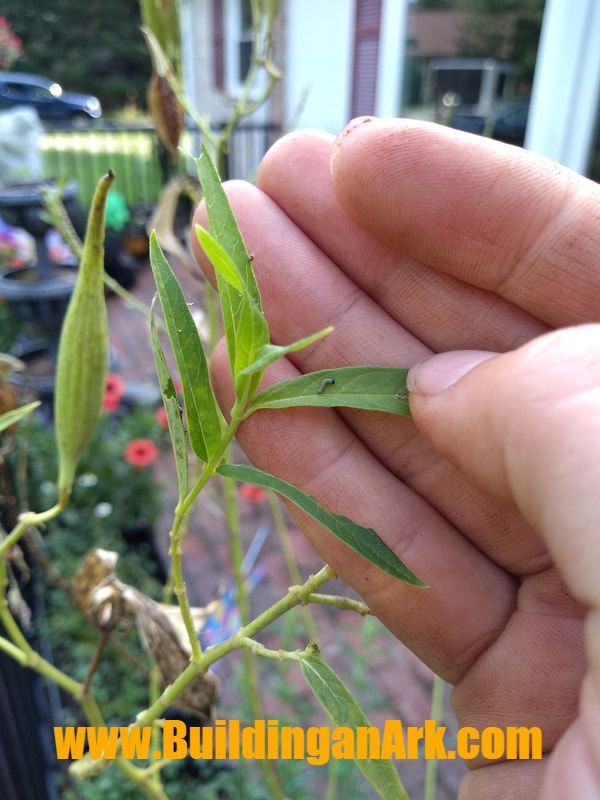
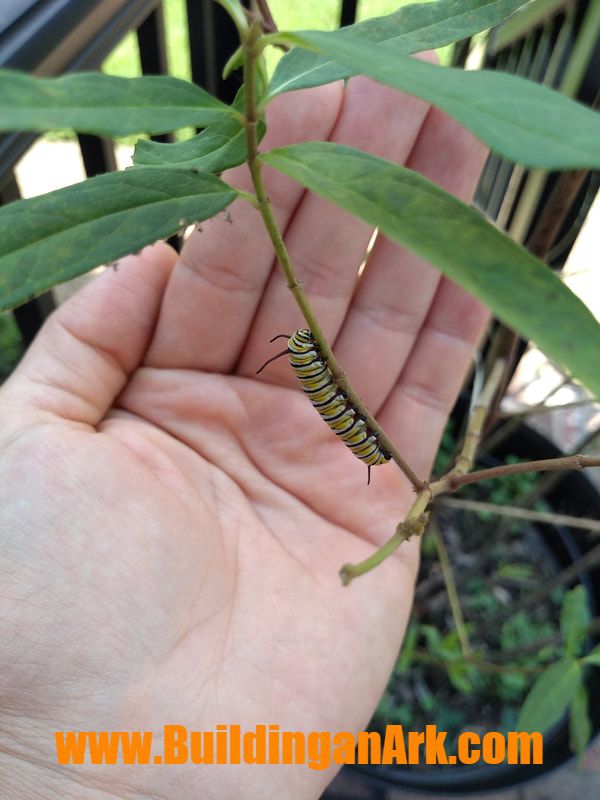
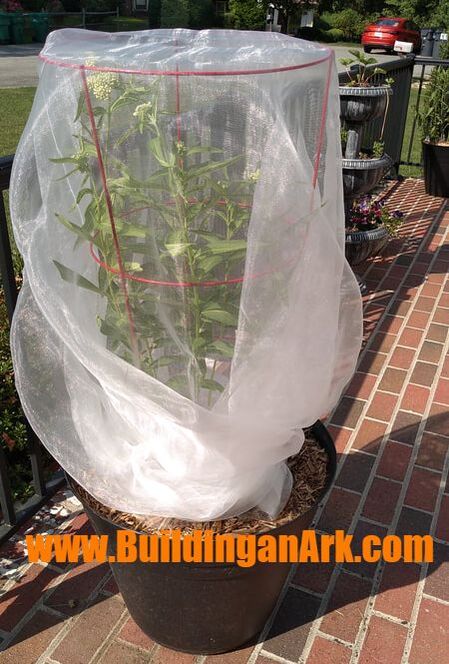
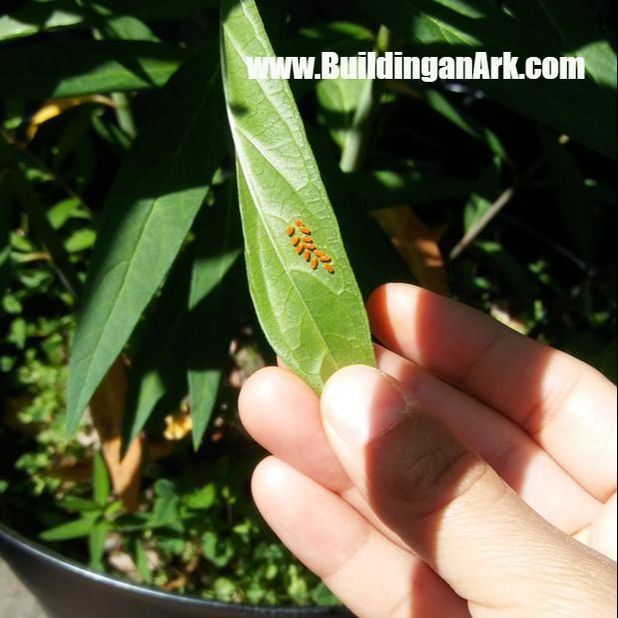
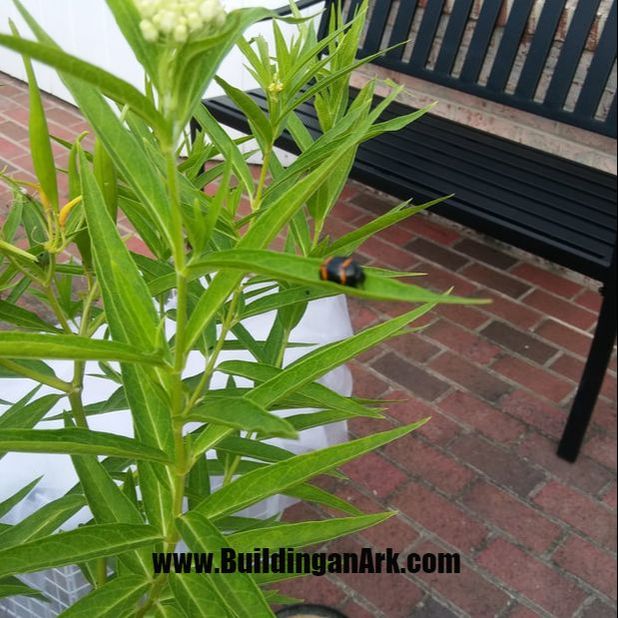




 RSS Feed
RSS Feed